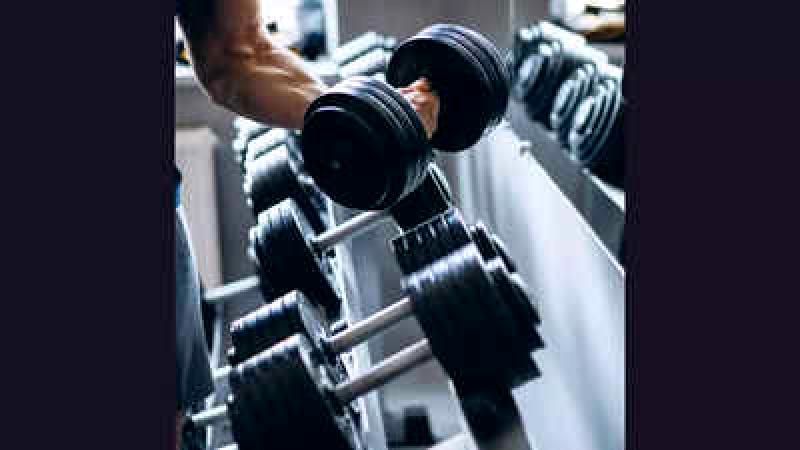
In the Kannada film industry, women face challenges both on and off screen. While they are celebrated as 'sheroes' in front of the camera, behind the scenes, they struggle to assert themselves and claim their space. Despite being admired for their performances and appearance, women in the industry confront obstacles such as inadequate facilities, including washrooms, on film sets. Pay disparity is another significant issue, reflecting the industry's historical bias. Although the presence of women in various roles on set has increased in recent years, the industry environment remains predominantly male-centric, with inclusivity still a matter of debate.
These women encounter everyday sexism as a routine part of their work, prompting some to adapt and hope for a brighter future, while others opt to pursue independent opportunities outside the traditional industry structure. The experiences of female technicians highlight the challenges faced by women in the industry. For instance, the make-up sector is largely controlled by male 'make-up dadas', with men also dominating the associated organizations. This hierarchy reinforces the patriarchal notion that men are superior due to their extensive experience in the field. Female make-up artists often receive meager daily wages when working through these associations, compared to the higher earnings they can generate independently. While female leads may request specific make-up artists, they are often required to work alongside male colleagues assigned by the association, leading to uncomfortable situations where female artists are marginalized and dependent on male counterparts for various tasks.Actresses like Vydurya Lokesh and make-up artists are often recruited for smaller projects only, as revealed by a screenplay writer. When presenting a script to producers, the immediate question posed is whether it is a women-centric film, perpetuating the stereotype that women are limited to certain types of projects. There is a prevailing belief that women are solely capable of low-budget, non-commercial, or artistic films, and when attempting to break away from these stereotypes, it is met with skepticism about audience acceptance. Some producers have even suggested adding a male director's name to a project alongside the female director to boost credibility. This bias extends to payment discrepancies, where women in the industry may face challenges such as clients preferring to pay male assistants over female professionals. Screenwriters and associate directors like Manasa Sharma emphasize the need for a fundamental shift in the industry to address these issues. A stylist recounts the challenges faced during shoots, where basic needs like access to restrooms are neglected, leading to discomfort and insensitivity towards women's needs. While the industry has made strides towards inclusivity, there is a lack of support for essential requirements once women are included. The reluctance to speak up for fear of repercussions further perpetuates this cycle of inequality.There is a need for increased representation of female voices speaking out in the industry. From the limited dialogues for women in films to the lack of opportunities for female dubbing artists compared to their male counterparts, the disparity is evident. The absence of women-centric films and solo songs featuring women further highlights the importance of amplifying women's voices onscreen. - Sparsha RK, a singer and voiceover artist.











